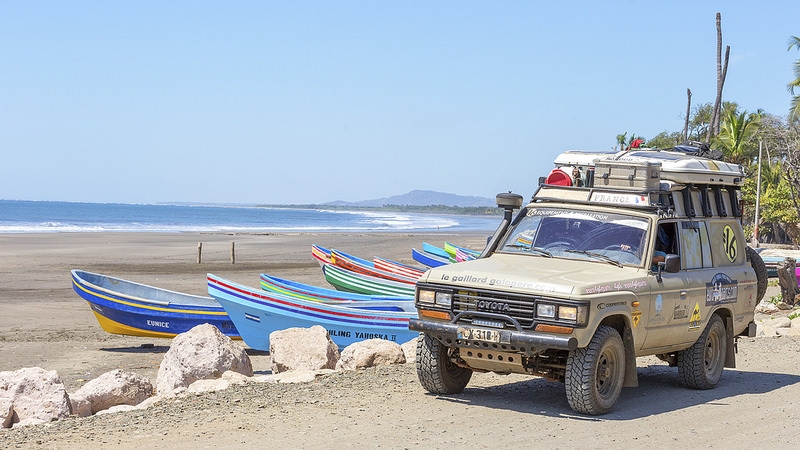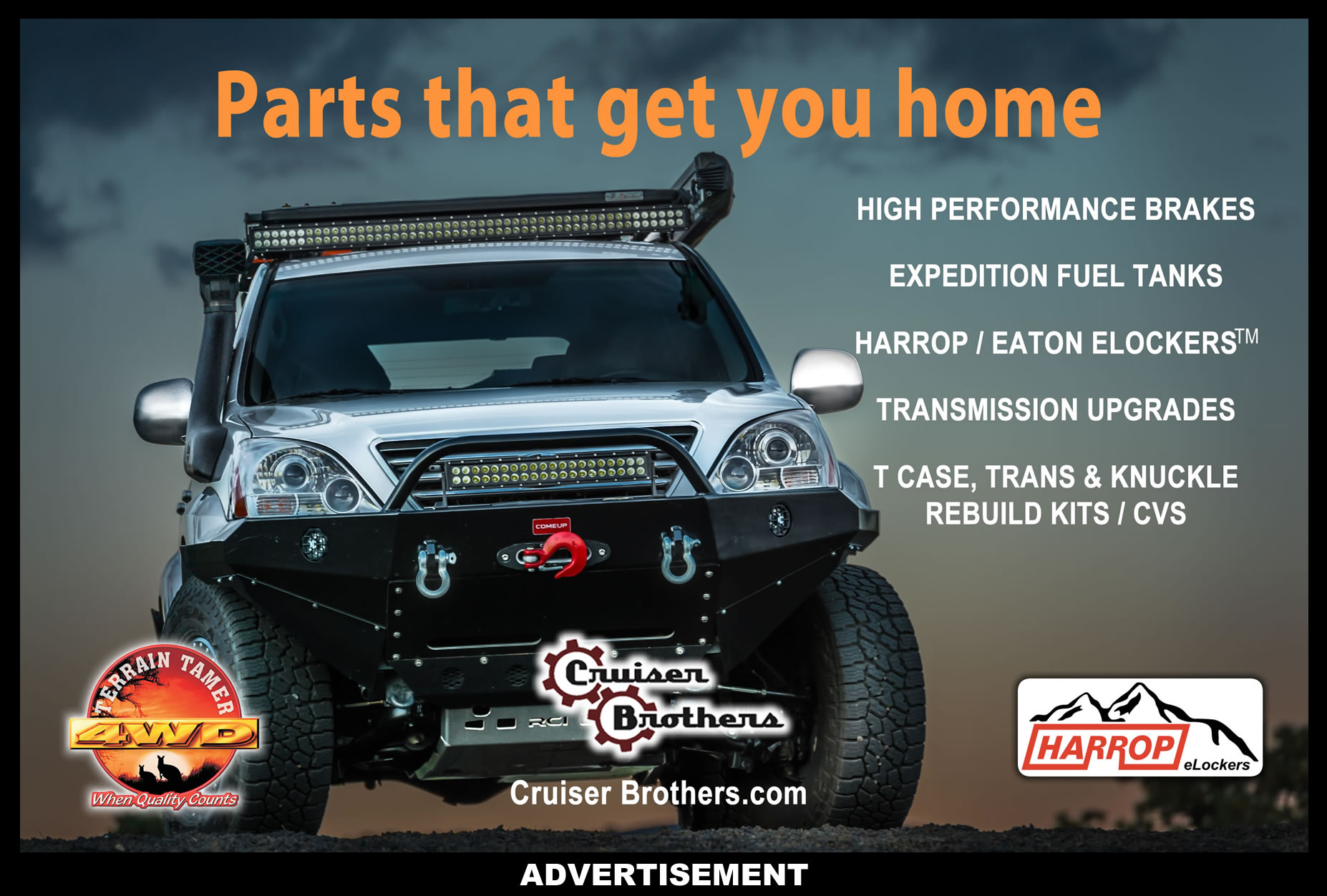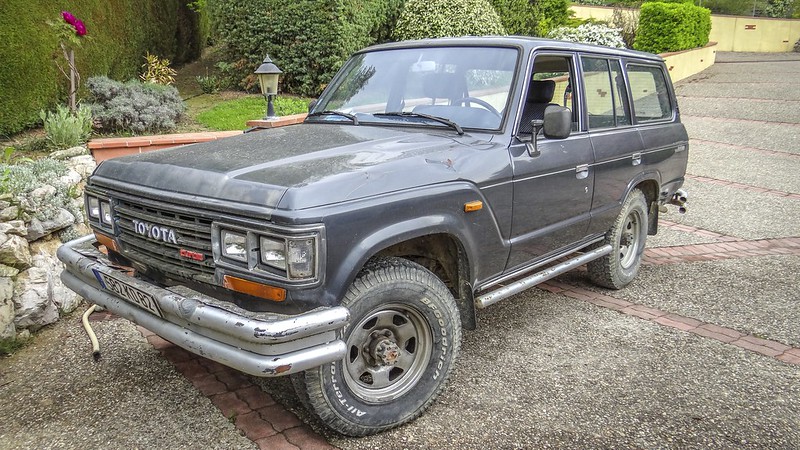
We are passionate about mountains, adventures and wilderness since we are from the mountainous Pyrenees region in France. We wanted to travel, so we decided to go to Norway. In 2010, we prepared our VW van to be our mobile home for a few months and hit the road to Norway. We spent 3 months traveling between the fjords, mountains, glaciers, and boreal deserts as our first long-distance expedition. It left a deep impression on us. We discovered a wonderful country—peaceful and friendly. Upon crossing the border on our return trip to France, we encountered congestion: too many people. Drivers displayed aggression: horns, fingers, screams... We were spectators, disappointed to return to our own country. We wanted only one thing: to go away again! But where? We decided to prepare for traveling through the Americas, from Canada to Patagonia.
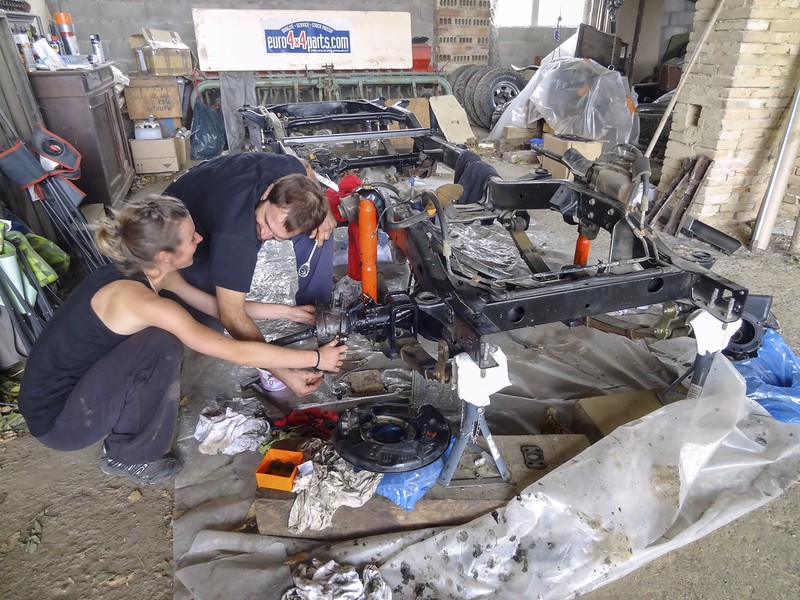
The Toyota HJ61 was our first 4WD vehicle, the performance and robustness of this old Land Cruiser convinced us it was the right rig. Equipped with the 3.9L 6-cylinder 12HT turbo diesel engine with 136 horsepower, it had sufficient power. The odometer read 250,000 kilometers. However, we lacked the mechanical expertise to maintain it. This was a great opportunity for us to learn more about our Toyota. We knew nothing about mechanical work, but we wanted to be prepared for the failures that would inevitably punctuate our journey.
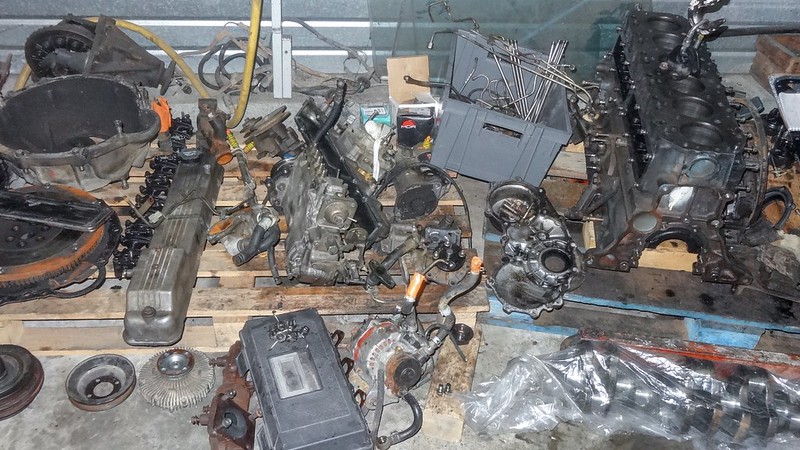
For 2 years, we worked on the frame, engine, and body scattered across 3 different locations. We chose to raise the roof of 25 cm to increase interior comfort during the winter, complete with rear taped windows and insulation. For the summer, we mounted a roof top tent.
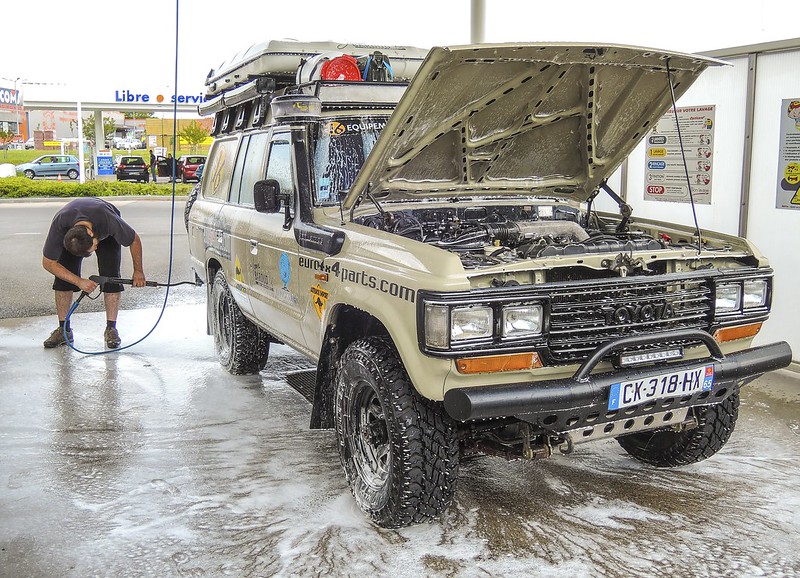
We met an amazing person, Florent Rivière, from the 4x4 shop, Egal 16. Florent is a 4WD specialist near Toulouse, in the southwest of France. He served as our mechanic instructor! Together, Alex and I removed our engine under the benevolent watching glance of Florent. We disassembled the frame and removed the axles. After cleaning the chassis parts, we painted and reassembled them. Next was renovation of the engine.
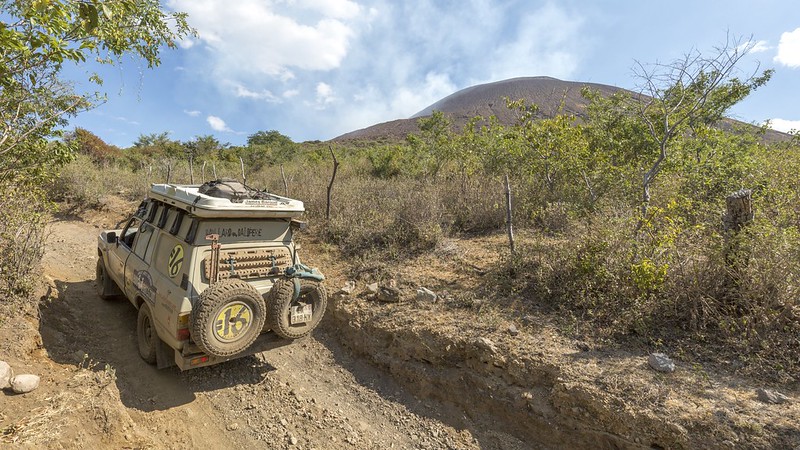
When it was time to restore the manual gearbox and the transfer case, Florent provided valuable guidance. During welding training, Alexandre made new bumpers and a stainless 190-liter tank. We had to have sufficient autonomy to cross some areas in the Americas. We attached the engine, manual gear box, and the transfer case on the frame. Next, we started to reassemble everything...like a big puzzle. After putting the drivetrain back together, we painted the body and fit out the interior of our new house on wheels. We added an auxiliary battery with 130Ah to feed our electronics. We wanted it simple, yet efficient. We installed LED lighting, a fridge, and a power converter.
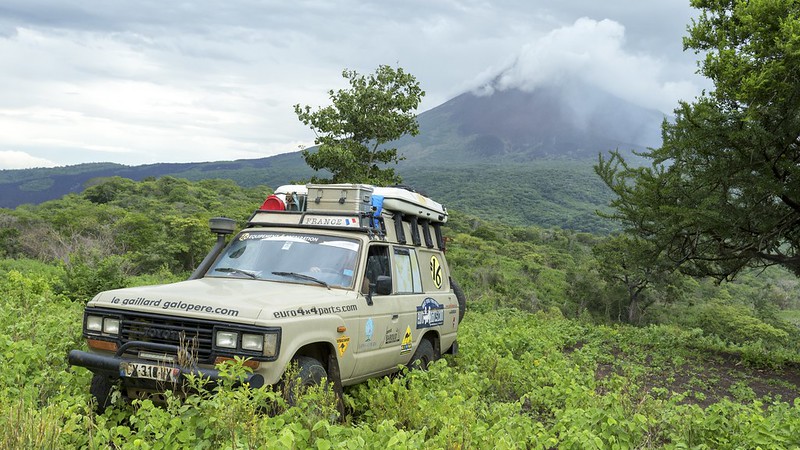
For a hot shower system, we connected a 100L water tank with a water pump and boiler to exchange heat with the coolant system. We placed it next to the additional heater we added to warm the engine. We thought out and built our Toyota to live in for a few years, spanning all seasons in the Americas. In May 2014, we were ready to set out on our adventure. We shipped our Toyota to Montreal, Canada where we started our travel after waiting 2 months for the arrival of our Land Cruiser. Once it arrived, we loaded up and traveled across Canada until we reached the Rockies. We enjoyed these mountains before heading North to explore snow-covered Alaska.
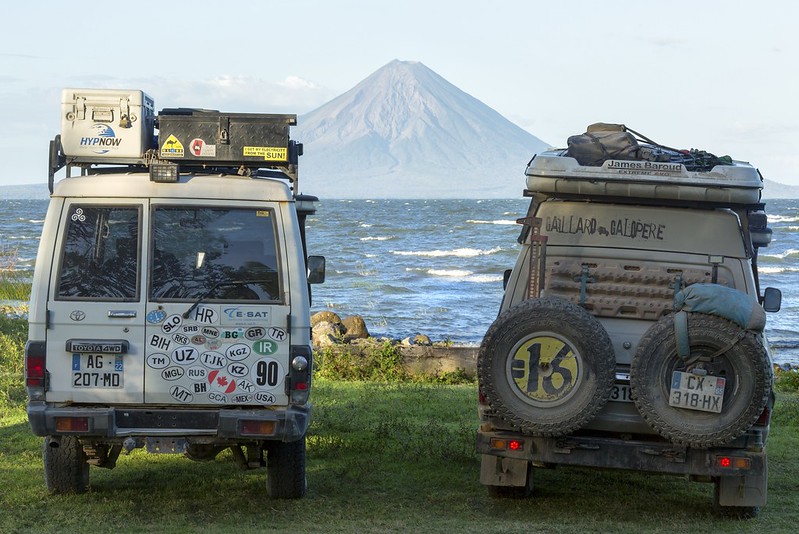
Related Articles
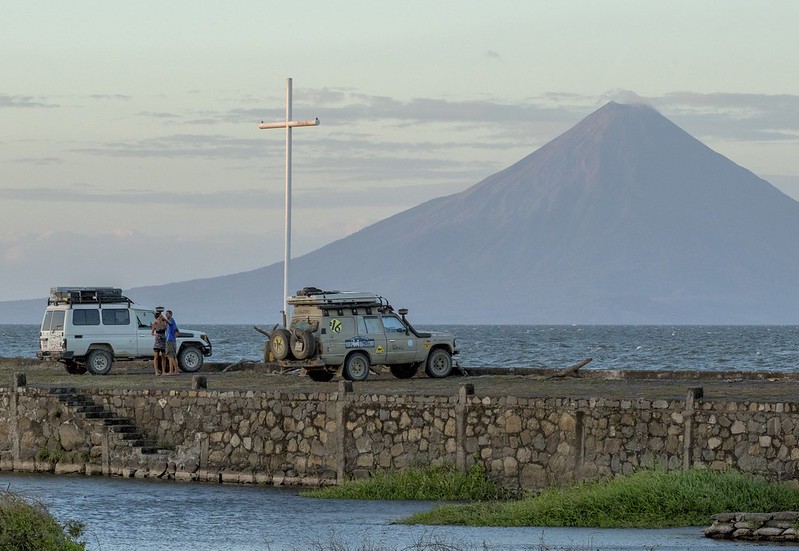
With our working holiday visa in Canada, we had the opportunity to work for the winter. We headed to Whistler, close to Vancouver, to work for the winter season. We stayed in Canada, working and traveling, until October 2015, when we crossed the border to USA. Winter time in the West of United States was a great time for us: hiking, skiing, and enjoying the great landscapes. On our way to the South America, we really loved Mexico. We entered Central America for the first time in July 2016, after having done 80,000 kilometers in North America.
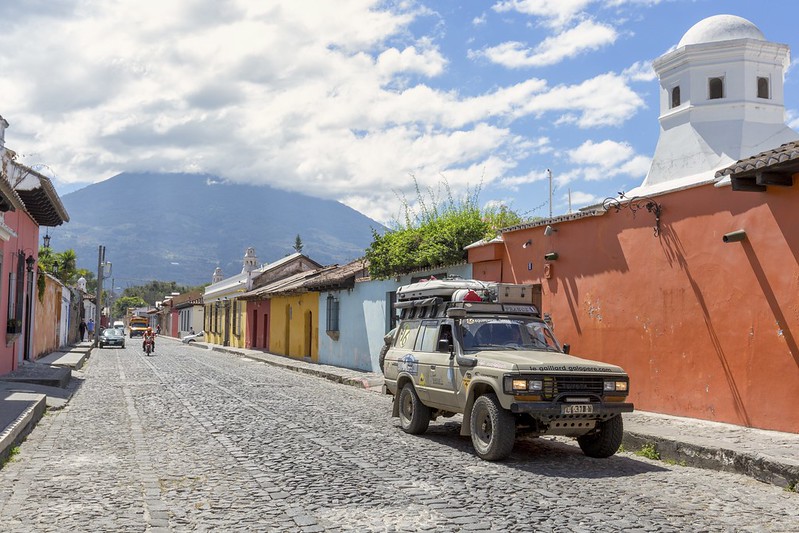
There are 2 seasons in Central America: dry and wet. Summer there was a bit too hot for us. From Guatemala to Panamá, we were always looking for water to take a bath, or for higher elevation, e.g. volcanoes, to find cooler temperatures! We crossed Central America 3 times. First time was to join my parents in Nicaragua. In August 2016, we quickly crossed through Guatemala, El Salvador, and Honduras to meet them during the wet season. This was our first time to transport 4 people in the Toyota. We placed their luggage on our roof top tent when it was not raining. Eventually they took the bus and we followed them. From the Pacific coast to the feet of the volcanoes, and the mountains where the coffee grows in Nicaragua, is open country where we could overland and camp everywhere. It was a safe country as long as we avoided touristy areas.
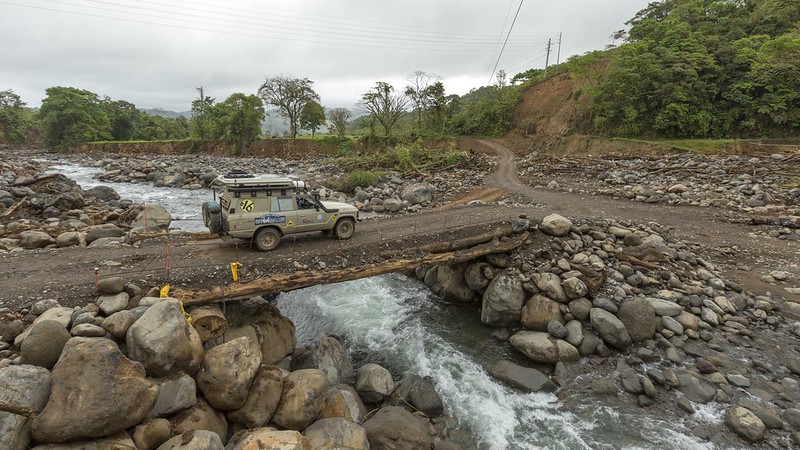
The second time we crossed Central America, it was to enjoy more time in Mexico. After a few months there, we came back to Central America, crossing those countries for the third time, during the dry season while it was winter in Northern Hemisphere. We enjoyed visiting again the volcanic chain in Guatemala, hiking higher than 3,700m elevation to see the sunset on the volcanoes. As in Mexico, we found the Guatemalan people very proud of their origins and their history. Our time in Guatamala was more of a cultural and peaceful immersion—especially in Antigua, the old capitol, and around the Atitlán lake where it seemed we were in a different era. After crossing El Salvador 2 times by the road along the Pacific Coast, we wanted to visit friends in the capitol, San Salvador. Even if El Salvador is considered as one of the most dangerous countries in the world, we spent safe time there, avoiding bad areas to avoid bad encounters. In isolated areas, the people are very hospitable and had great experiences. We didn’t forget to eat a maximum of pupusas: Salvadorian corn and cheese tortillas. We deem food as an integral part of the travel and the discovery.
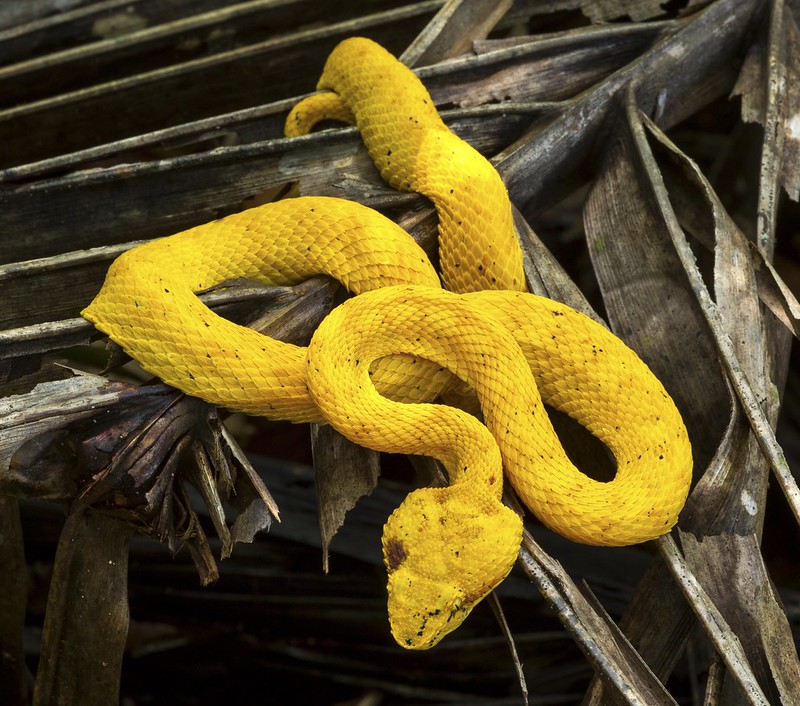
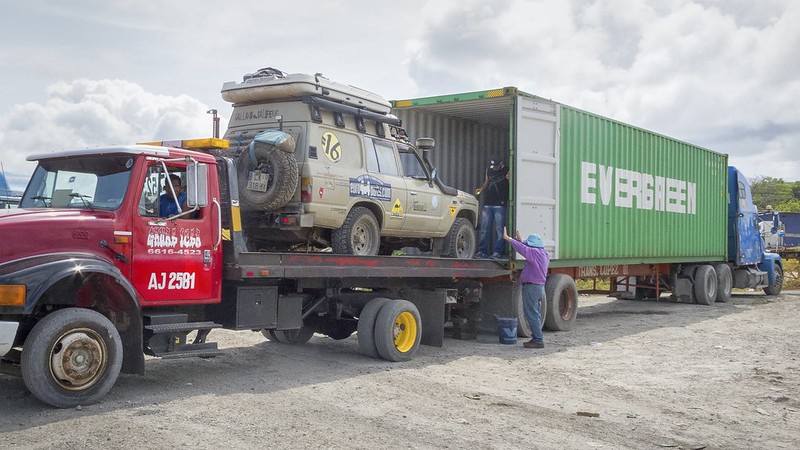
We returned to Nicaragua where we spent another month, much more than the time we spent in the other countries of Central America. We wanted to share our favorite Nicaragua places with others, so we spent one month with Ivan and Katia, another French couple traveling in a Land Cruiser. Due to heat, we woke up early to hike the Nicaraguan volcanoes. And when it was too hot, we visited the ocean, enjoying water, fishing and cooking bread on our Dutch oven. We learned in Central America that it is impossible to do something in the middle of the day. As the Nicaraguan people do, we rested. Nicaragua was the country we loved the most: a water and lava country populated by people with big hearts.When we decided to leave Nicaragua, we crossed Costa-Rica into Panamá where we put our beloved Toyota on the boat to ship to Colombia. Follow us online to see our continuing adventure: www.legaillardgalopere.com.
To get your copy of the
Fall 2017 Issue:
You can also get TCT delivered straight to your iPad/Tablet or Phone via the TCT Magazine app.
FIND US ON:



